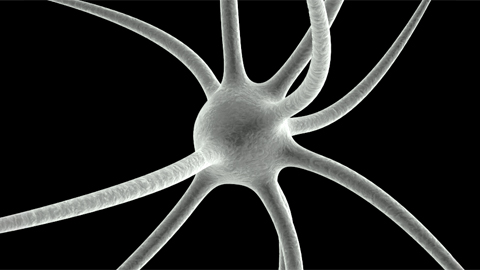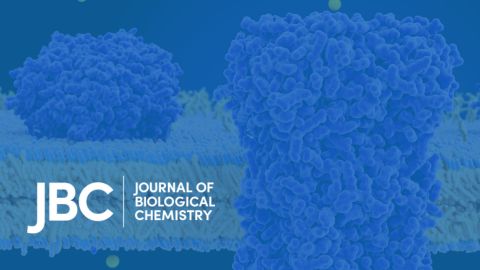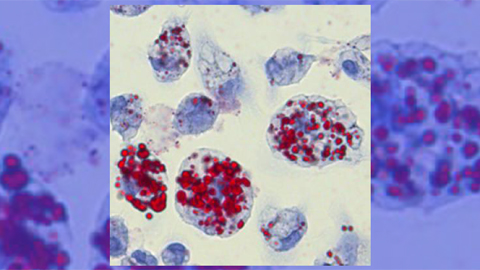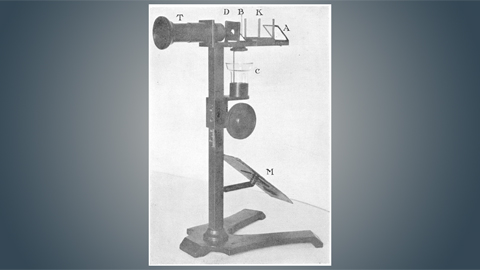Thyroid Awareness Month 2019
The thyroid is an endocrine gland in the neck that secretes two important hormones, T3 and T4. Though T4 makes up most of the volume of hormones secreted by the gland, most of that is converted back to T3, the active form, in the liver and kidney. T3 is sensed by receptors in cell nuclei and is important for growth and development.

Thyroid disease is more common than diabetes, heart disease and cancer. It afflicts an estimated 30 million Americans, yet half of them remain undiagnosed and untreated. Thyroid diseases can increase or lower hormone production. Hypothyroidism (Hashimoto’s thyroiditis, for example) happens when the thyroid doesn’t produce enough hormone. Hyperthyroidism (Graves disease, for example) happens when the gland produces too much. Hypothyroidism can cause fatigue, weight gain and fertility problems, while hyperthyroidism can lead to symptoms like weight loss, trouble sleeping, and mood swings.
The thyroid can develop benign and malignant growths. Most thyroid nodules are harmless and simply monitored by physicians. Thyroid cancers, which disproportionately affect women, come in several forms with different degrees of treatability, but the death rate for thyroid cancers, compared with those of most other cancers, is very low. According to the American Cancer Society, thyroid cancer diagnoses have tripled in the past 30 years, likely owing to the increased use of ultrasound, which can detect changes that would have gone unnoticed before.
Thyroid cancers usually (but not always) fall into one of three classifications: differentiated, medullary and anaplastic. (There are other, more rare, classifications.)
Differentiated: Most differentiated thyroid cancers — around 80 percent of them — are papillary carcinomas. These grow slowly, are usually treatable and are rarely deadly. Follicular carcinomas are less common and a bit harder to treat than papillary ones, but, overall, are quite treatable. The third differentiated type is Hṻrthle cell cancer, which is often difficult to both diagnose and treat.
Medullary: There are two types of medullary thyroid carcinomas: About a quarter of cases are familial (inherited) and the other three-quarters are sporadic. Combined, they make up only 4 percent of all thyroid cancers, and they’re quite difficult to find and treat. Indeed, the majority of cases already have spread to other parts of the body before they’re even diagnosed, so surgery alone usually isn’t sufficient.
Anaplastic: The final classification, anaplastic or undifferentiated thyroid cancer, is rare and hard to treat.
Below, learn more about how the thyroid works and the about questions about the gland and diseases that affect it that researchers are trying to answer.
Facts first: The pink ribbon is a well-known symbol for breast cancer awareness. But how many know about the blue paisley ribbon? The American Association of Clinical Endocrinologists launched in 2012 the blue paisley ribbon as an icon for thyroid awareness to highlight the silent epidemic of thyroid disease. This ASBMB Today article offers some basic facts about thyroid disease and research for better treatment options.
Turning on the thyroid: Despite the prevalence of thyroid disease and its occasional serious effects, researchers have struggled to answer a pretty basic question about the hormone-producing gland: What turns it on? This ASBMB Today article describes a study published in the Journal of Biological Chemistry that provided an answer found within the gland itself. What’s more, the researchers who made the discovery say their finding will aid in the design of therapies for thyroid problems, such as Graves’ disease, and problems with other glands that operate in a similar fashion.
Making T3 hormone: The thyroid secretes mostly T4 and to a lesser extent T3. While T4 is produced only in the thyroid when iodine, sourced from diet, is added to thyroglobulin, T3 production happens in multiple ways. In the liver and kidney, for example, an iodine atom is removed from T4 to produce T3. In the Journal of Biological Chemistry, researchers reported new pathways to stimulate the synthesis of T3 that are independent of T4. The finding has relevance to disorders, such as Grave’s disease, in which hyperactivation of thyroid-stimulating hormone receptors promote overproduction of T3.
Targeting medullary carcinoma: Treating medullary thyroid carcinoma is difficult because it metastasizes so early on. Using a mouse model they created, researchers at the University of California, San Francisco have been investigating the nature of the tumor-initiating cells and early events of MTC development. By tweaking genes in the parafollicular C cells in the thyroid, where experts believe the cancer first begins, the team came up with potential new drug targets. They reported their findings in the Journal of Biological Chemistry.
How the thyroid connects to the liver: Thyroid hormone receptor is known to be important for liver lipid metabolism. In the Journal of Lipid Research, researchers reported that treatment with thyroid hormone T3 can also control expression of a transporter protein in the liver involved in bile production. Bile both helps to solubilize lipids in the diet and also serves as an excretion route for cholesterol; this research shows how T3 contributes to bile production. Read more in the original article or in this expert commentary.
Thyroid hormone and liver cancer: Thyroid hormone T3 is linked to tumor progression. In a paper in Molecular and Cellular Proteomics, researchers reported using a proteomics approach to see how T3 treatment affects human liver cancer cells expressing thyroid hormone receptors. Specifically, they measured the change in protein secretion from these cancer cells after they’d been exposed to T3. They identified 21 proteins, including ones involved in cancer-cell survival, that increased.
Thyroid hormone receptor and retinoblastoma: Childhood retinal tumors, or retinoblastomas, develop from the precursors of cone photoreceptors when the tumor-suppressing retinoblastoma protein RB is inactivated or loses function. This can happen when thyroid hormone receptor β2, which is essential for proliferation of retinoblastoma cells, causes cells deficient in RB to aberrantly multiply by opposing the activity of another thyroid hormone receptor, β1. However, scientists were unsure how this interplay works. In the Journal of Biological Chemistry, researchers at Children’s Hospital Los Angeles recently reported that a novel variant of TRβ2, TRβ2-46, is responsible for promoting the expression the gene SKP2, which is known to behave as an oncogene and is involved in the pathogenesis of lymphomas.
Enjoy reading ASBMB Today?
Become a member to receive the print edition four times a year and the digital edition weekly.
Learn moreGet the latest from ASBMB Today
Enter your email address, and we’ll send you a weekly email with recent articles, interviews and more.
Latest in Science
Science highlights or most popular articles

From the journals: MCP
Protein analysis of dopaminergic neurons. Predicting immunotherapy responses in lung cancer. ZASP: An efficient proteomics sample prep method. Read about papers on these topics recently published in Molecular & Cellular Proteomics.

Unsheathing the role of myelin lipids in Alzheimer’s disease
Xianlin Han, an ASBMB Breakthroughs speaker, discussed his pioneering work on lipidomics and the role of sulfatide lipids in Alzheimer's disease.

Ten interesting quotes from the JBC archives
Older papers include archaic quirks and long-abandoned biological concepts. Some show flashes of ideas that grew into their own fields, and others show that some things never change.

Lipid biomarkers hold clues to stroke recovery
Scientists at the University of Arizona found that a lipid mediator accumulates with the waves of inflammation associated with stroke and foamy macrophages.

From the JBC archives: Madness, indoles and mercury-based cathartics
A 1907 paper sought to resolve an ongoing question of whether indole, a bacterial molecule in the gut, could cause insanity if overproduced.

From the journals: JBC
Linking modified cysteines to cell migration. Recognizing protein tags for degradation. Disrupting C. difficile toxin production. Read about recent JBC papers on these topics.
